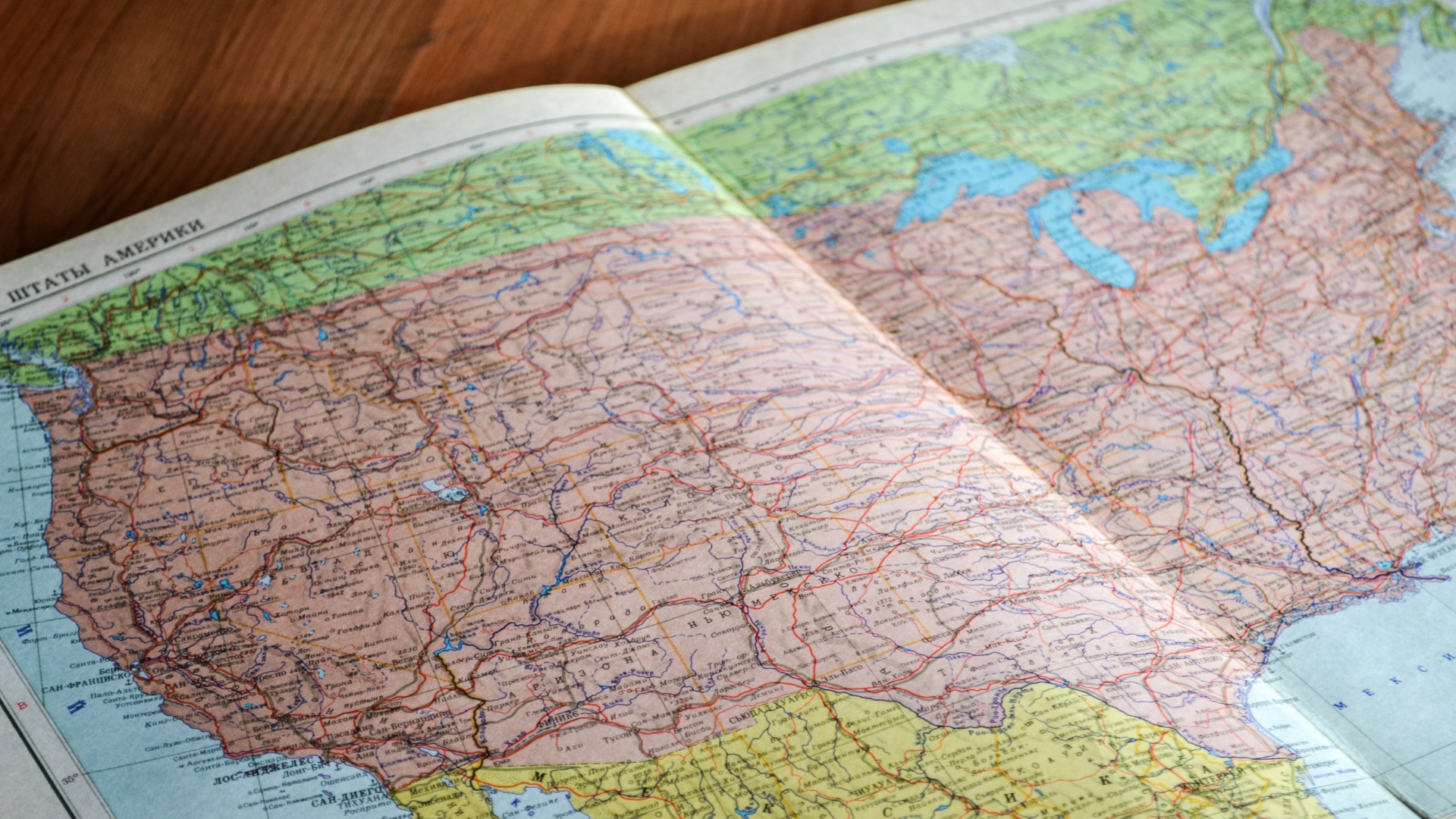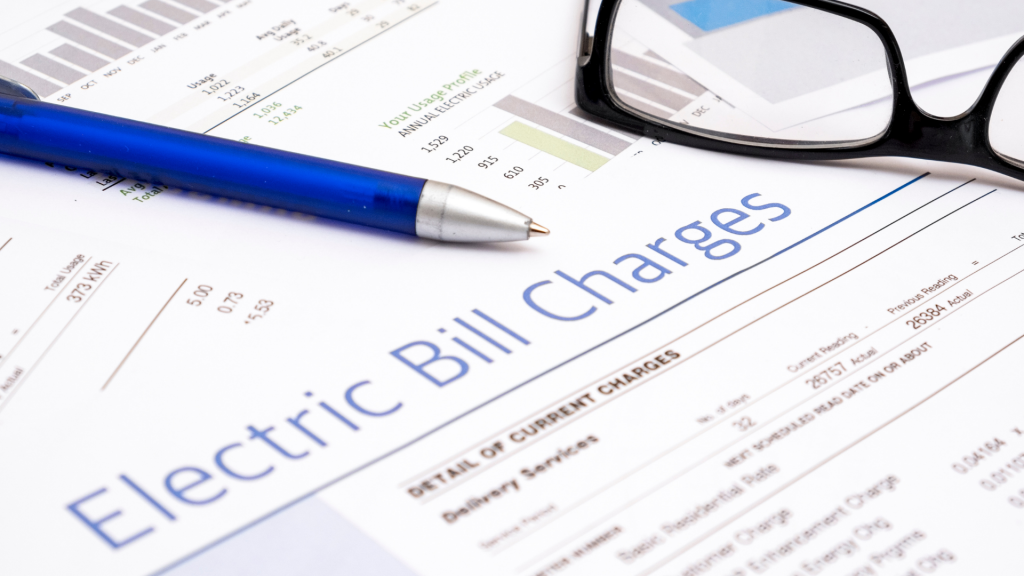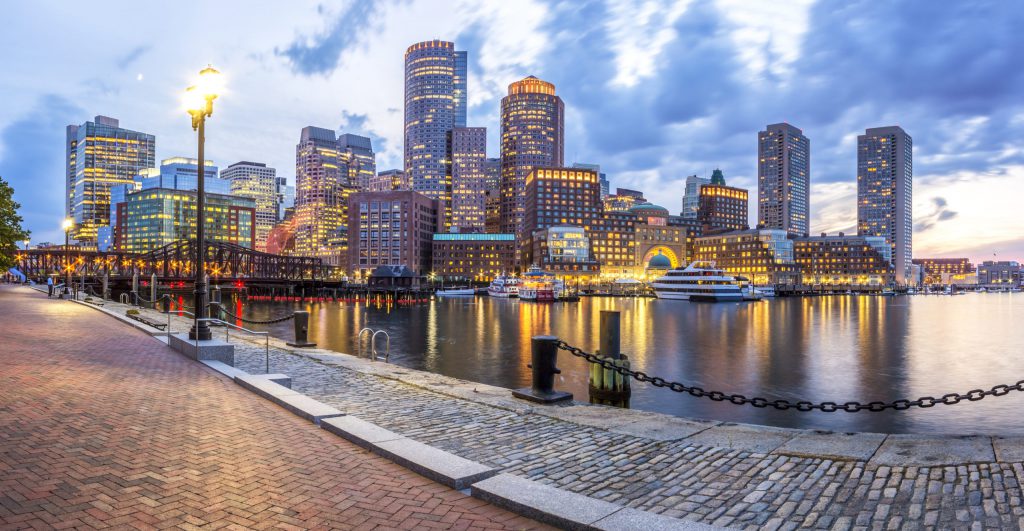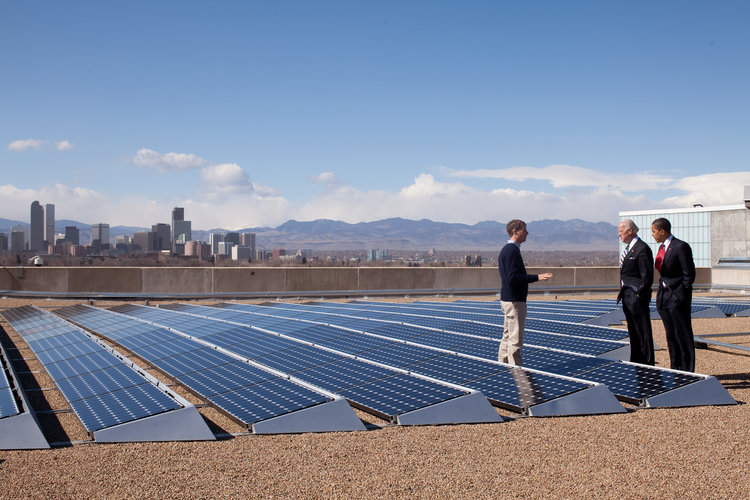A look ahead at a year of community solar progress from coast to coast.
When you spend most of your week reading, talking, thinking, and perhaps even dreaming about community solar, as we here at Solstice do, it can sometimes be easy to forget that it remains a pretty new concept for many people. State lawmakers are no exception to that fact, which might be why some US states haven’t established community solar programs just yet.
That said, no one can deny the explosive growth of community solar within just the last few years – having gone from 26 megawatts installed in 2011 (enough to power about 8,000 homes), to a total of almost 1300 megawatts by the end of 2018.
With all the energy bill savings, reduced emissions, and green jobs that number represents, it’s only a matter of time before other states decide to join the party. In fact, legislators, utilities, and advocacy groups all around the country are already busy crafting bills or putting together pilot programs. The result? This year is shaping up to be another strong one for community solar in the US.
Bringing community solar to a new state takes commitment from several parties, from government to citizens’ demand for clean energy. With that, we’ll share just how states can make community solar a reality on their own turf. Then we’ll reveal which states are poised to advance community solar in 2019.
Table of Contents
How Does a State ‘Get’ Community Solar?
So how does a state get community solar off the ground? First, a state government will adopt some kind of enabling regulations that legalize the technology, provide financial incentives, and include some instructions for how to begin development. These may be handed down by an executive body, like a Governor’s office or Public Utility Commission, or passed through the state’s legislature. Regardless, it requires a lot of coordination between electric utilities, appointed energy regulators, elected officials, and stakeholders like solar developers and advocates.
Oftentimes a smaller pilot program will pave the way for more “permanent” statewide rules, but some states have opted to institute the latter from the start. A state’s community solar market typically falls into one of three categories:

- ‘Established’ states, or places where community solar is legally authorized and producing electricity for subscribers
- ‘Emerging’ states, where community solar regulations have been passed but not yet fully implemented
- ‘Upcoming’ states, where community solar regulations are being drafted or advocated for, but not yet passed
We’ve already written about the top 19 established community solar states. But what about 2019’s upcoming and emerging markets?
Since the 2018 midterm elections, new bills have appeared in jurisdictions that previously lagged behind on environmental issues and renewable energy. This year, we can look forward to six upcoming and emerging community solar states progressing up the chain.
Upcoming Community Solar States
New Mexico
On February 18th, the New Mexico House of Representatives passed House Bill 210, the “Community Solar Act,” which would enable a statewide program if also passed by the state Senate and signed by the Governor. This would be the first program to enable tribal governments to act as hosts for community solar projects–including communities like Picuris Pueblo, one of the oldest continuously inhabited communities in North America, whose pioneering solar project is serving as a model for the state.
Pennsylvania
Another statewide community solar bill was introduced in Pennsylvania, backed by bipartisan support. House Bill 531 would enable a statewide community solar market, which, when fully implemented, is projected to result in over 1,000 new well-paying solar jobs, 500 megawatts of installed solar, and around $706 million in local economic benefits.
Maine
While no official legislation has been introduced yet, both lawmakers and newly elected Governor Janet Mills have indicated their support for expanding the capacity of community solar in Maine. The legislature is also likely to repeal a tax on solar system owners dating from the previous administrations, which will make community solar more financially viable.
Emerging Community Solar States
Besides these legislative advances, 2019 has seen important developments in states that have already passed community solar programs. Here are the other key states to be paying attention to:
New Jersey
New Jersey is having something of a renewable energy renaissance, which Governor Phil Murphy has made a priority since his election in 2017. This January, the state’s Board of Public Utilities approved the rules for a three-year community solar pilot program. The program, which could eventually power up to 45,000 homes, is notable for its commitment to reserving 40% of its total capacity for low-to-middle-income subscribers.
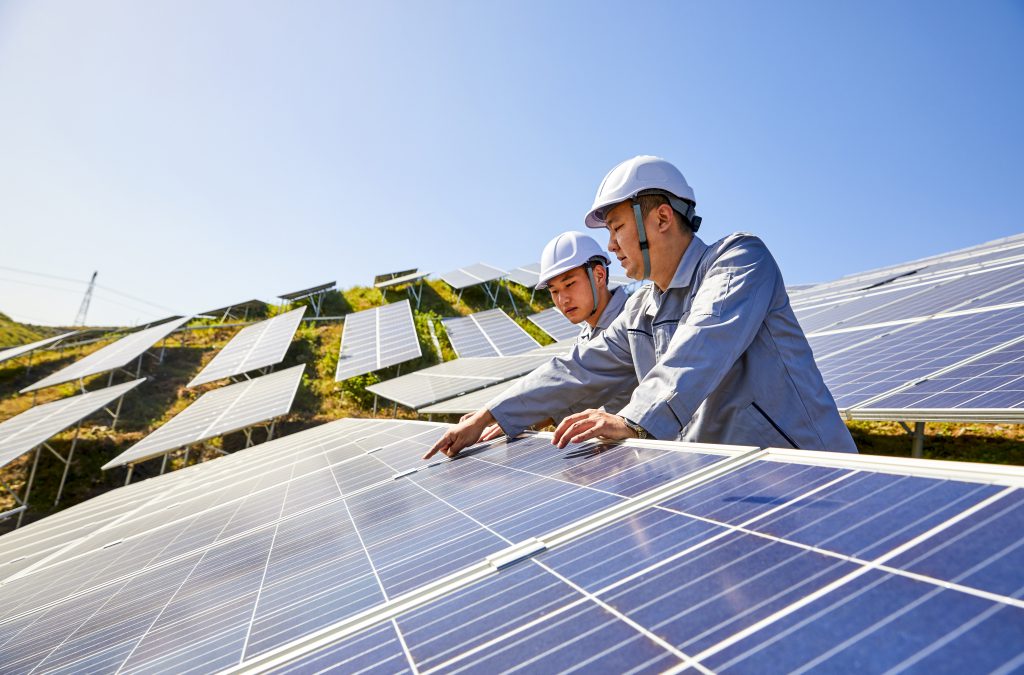
California
The Golden State, with its 40 million residents and vast 163,696 square miles of land, usually has a lot going on governmentally and environmentally at any given time. That’s certainly the case with community solar, which has been part of a handful of statewide programs for the last few years, though not yet as a more traditional, standalone policy. However, it’s about to get a boost from California’s new Solar on Multifamily Affordable Housing (SOMAH) program, which over 10 years will expend $1 billion in revenues from the state’s cap-and-trade program as subsidies to install shared solar systems on low-income apartments and condos. SOMAH intends to train 3,750 new solar workers from those communities, reduce utility bills for residents, and generate 300 megawatts of solar capacity over the lifetime of the program.
Illinois
Illinois has recently become a solar hotspot thanks to its 2016 Future Energy Jobs Act, which is now starting to take effect. Community solar features prominently in the law, which created two large incentive programs, the Adjustable Block Program (ABP) and Solar for All. The ABP opened for project applications a few weeks ago and quickly filled up to 10 times its capacity – a strong indicator of market appetite for community solar in the state. The Solar for All program is specifically designed to increase access to and participation in community solar for members of disadvantaged communities.
The Takeaway:
Though all these states have their work cut out for them, the upward trend of community solar is clear as day. The ambitious goal of solar for every American will require much more of this state-by-state policymaking, but years of effort appear to finally be paying off. Be on the lookout for exciting updates in your state in 2019!
